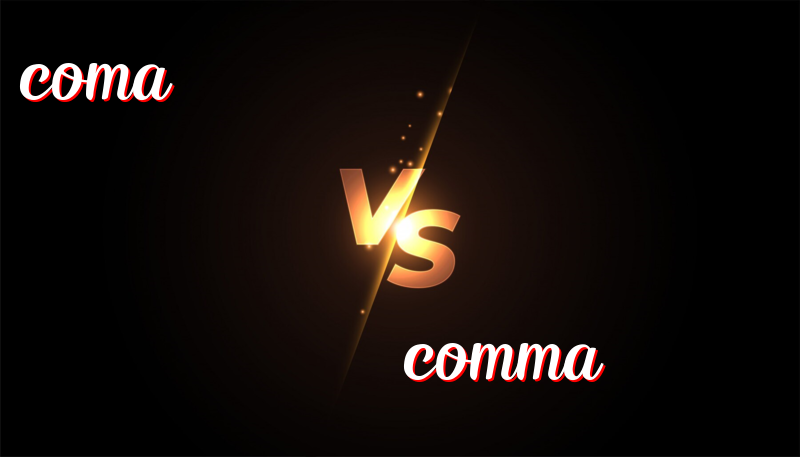Coma vs. Comma: Understanding the Difference
Understanding the Difference Between “Coma” and “Comma”
Sometimes, two words may sound similar but mean very different things. “Coma” and “comma” are good examples of such words. Let’s learn about these words, their history, and how to use them correctly.
History of the Words
“Coma” is a word that comes from Greek, meaning “deep sleep.” It describes a state when a person is not awake and cannot be easily woken up.
“Comma” comes from Greek too, meaning “piece cut off.” It is a punctuation mark used in writing to show a pause between parts of a sentence.
How to Use “Coma” and “Comma”
A coma is a medical condition. If someone is in a coma, they are not conscious. This is not a good state to be in because the person cannot respond to their environment.
A comma is a punctuation mark (,) that helps us separate ideas or elements in a sentence. It is not about health but about writing.
Examples of “Coma”:
- After the accident, she was in a coma for two weeks.
- The doctors monitored the patient’s coma closely.
- A coma can last for a short time or a long time.
- It is hard to see a loved one in a coma.
- He woke up from the coma and slowly got better.
Examples of “Comma”:
- Please buy milk, bread, and eggs.
- My pet is a small, fluffy dog.
- After dinner, we will watch a movie.
- She said, “Hello,” and waved at me.
- The simple rule is to pause, then use a comma.
Trick to Remember the Difference
To help remember: “Coma” and “conscious” both start with “co,” related to health. “Comma” and “pause” both have “ma,” related to writing.
Summary
“Coma” is a deep, unconscious state related to health and medical conditions. “Comma” is a punctuation mark used in writing to help with sentence structure. Remember, one is about sleeping (coma), and one is about stopping for a moment in writing (comma).

Leave a Reply
You must be logged in to post a comment.